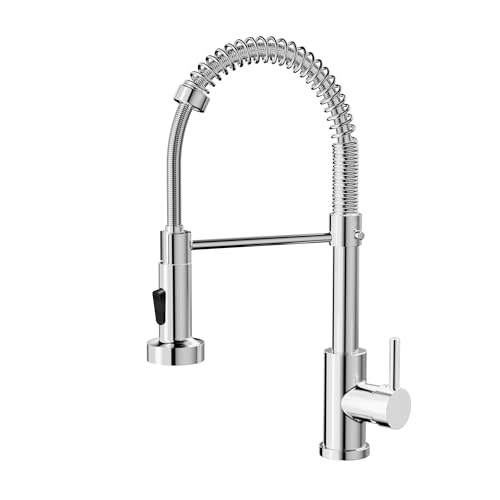Understanding the importance of kitchen tap height
When designing or renovating your kitchen, it’s important to carefully consider the height of your kitchen tap. The right height will ensure that the tap is both functional and comfortable to use while also fitting in with the overall design of your kitchen.
Measuring the sink depth
The height of your kitchen tap should be determined by the depth of your sink. To measure the depth, place a straight edge across the sink and measure from the bottom of the sink to the top of the straight edge. This measurement will give you an idea of how high your tap needs to be for optimal functionality.
Considering user needs
It’s also important to consider the needs of the primary users of the kitchen when selecting the height of the tap. Taller individuals may prefer a higher tap, while shorter individuals may be more comfortable with a lower height. Additionally, if the sink will be used by individuals with mobility issues, a lower tap height may be more suitable.
Matching tap height to sink style
The style of your kitchen sink should be considered when selecting the height of your tap. A double-basin sink will often require a higher tap than a single-basin sink. Additionally, an apron-front or deep-basin sink may require a higher tap height to ensure adequate clearance.
Testing tap height before installation
Before committing to the installation of a kitchen tap, it’s a good idea to test the height by placing a cardboard cutout or mockup of the tap in the sink. This will give you a better sense of how the tap will look and function in the space, and can help you make any necessary adjustments before installation.






